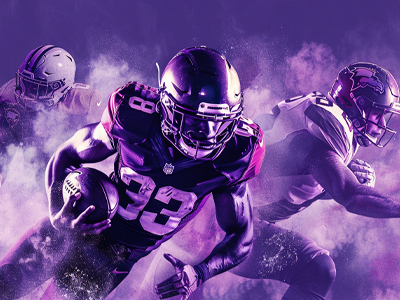Spotting value in odds before they shift can make a significant difference in long-term profitability
Betting on NFL futures requires a strategic approach, as these wagers involve predicting long-term outcomes rather than individual game results. Unlike single-game bets, futures demand careful analysis of key metrics that can influence a team’s success over an entire season.
One of the most important factors to consider is team performance from the previous season. Looking at win-loss records, playoff appearances, and offseason changes can provide insight into whether a team is improving or declining. Roster changes, including trades, free-agent signings, and draft picks, can significantly impact a team’s trajectory. A strong draft class or key acquisitions can boost a team’s chances, while the loss of a star player can have the opposite effect.
The strength of schedule is another critical metric. Teams with a tougher slate of opponents may struggle to meet high expectations, while those with an easier schedule have a better shot at surpassing projected win totals. Reviewing opponents’ past performances and anticipated improvements can help gauge the level of difficulty a team will face.
Injuries and player availability also play a major role in futures betting. Teams with key players returning from injuries may see a resurgence, while those dealing with ongoing health issues could struggle. Monitoring reports on player conditions throughout the offseason and preseason is essential for making informed bets.
Coaching changes can also shift a team’s outlook. A new head coach or coordinator may introduce a different play style that affects performance. Examining coaching history and past success can help determine whether a new system will benefit or hinder a team.
Lastly, betting odds themselves offer valuable information. Lines set by sportsbooks reflect both expert analysis and public perception.


